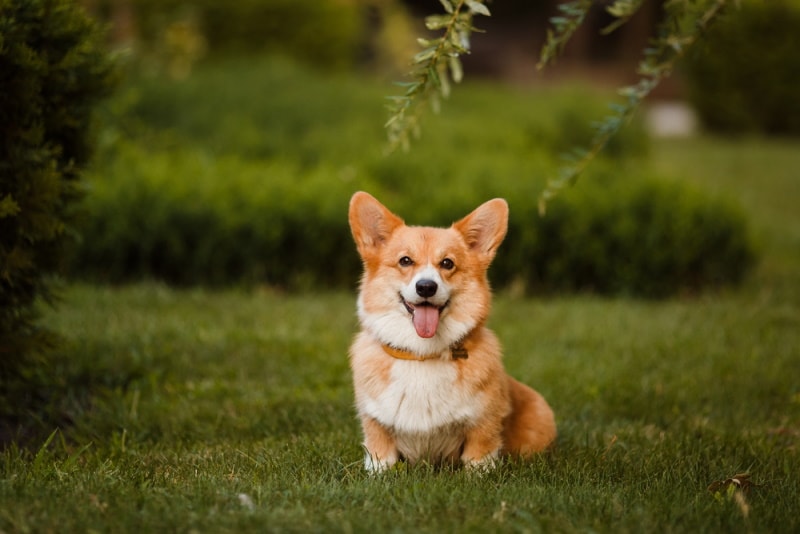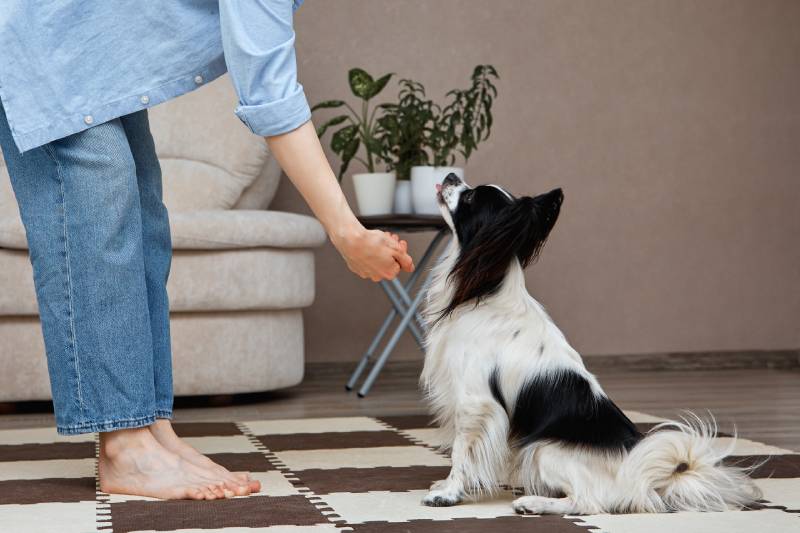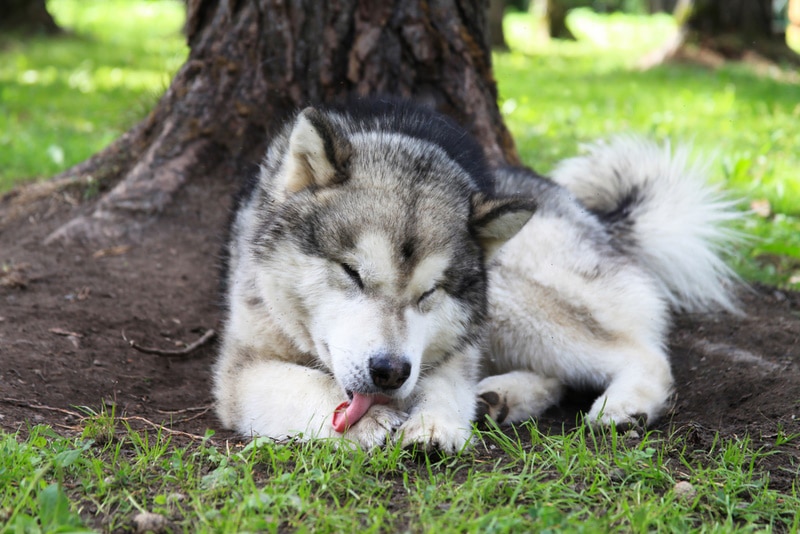Why Do Dogs Shake Their Bodies After You Pet Them? 5 Possible Reasons
Updated on
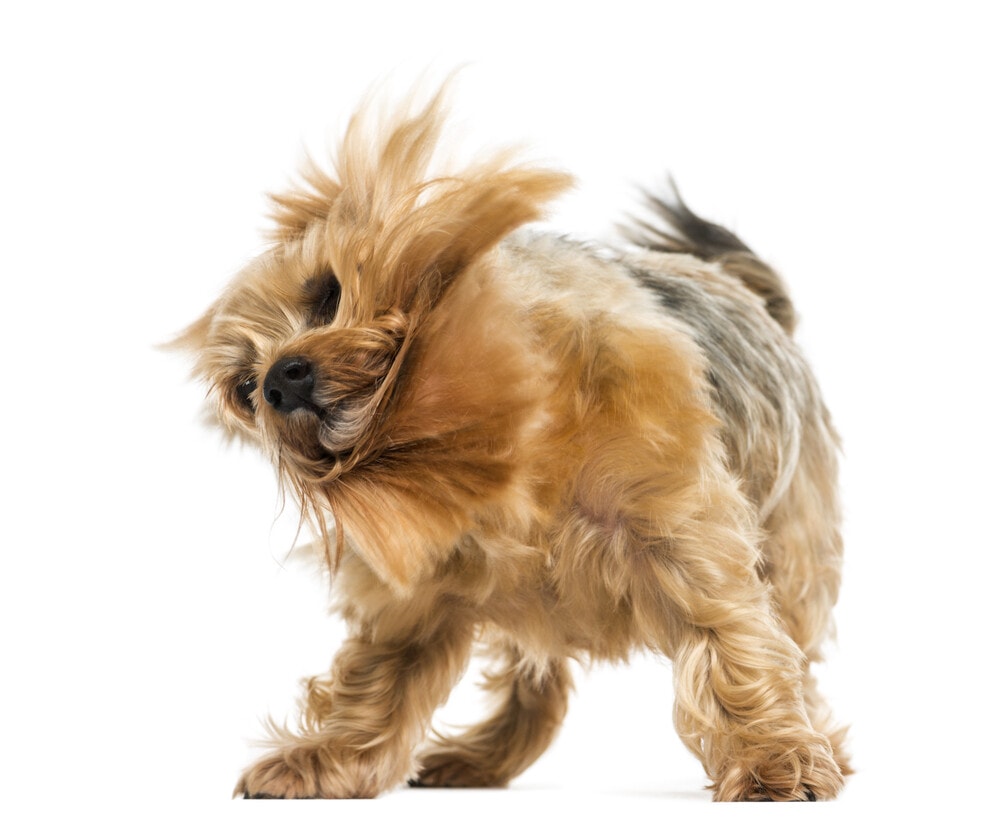
Click to Skip Ahead
One of the greatest treasures in life is loving a dog. Dogs bring much joy into our lives; in return, we love to pet them to show affection. But have you ever noticed dogs shaking their bodies after petting them? If so, what causes this reaction? Should you worry or call your vet if your own dogs do this? A few reasons are to blame for this behavior, and not all are positive reactions.
It’s best to learn your dog’s typical behaviors, so you know if and when you should worry. In this post, we’ll list the five possible reasons why your dog shakes after petting him.
The 5 Possible Reasons Your Dog Shakes After You Pet Them
1. To Rearrange Their Fur
You know when someone ruffles your hair, and you immediately rearrange it? Well, the same act can apply to dogs. Your dog may shake to simply shuffle their fur to a more comfortable position after being petted. Dogs tend to enjoy it better when you rub their fur in the direction it grows, and your dog shaking could be a simple readjustment.

2. Overstimulation
Dogs can become overstimulated with excitement, and when your dog gets too excited from you petting them, they may shake their body in response. Dogs are delighted when their owners return home from being gone, even if you were away for just 15 minutes, and shaking could be a form of excitement and elation to see you.
3. Fear/Stress
A dog shaking its body is not always a positive act. Some dogs will shake their bodies when they are fearful or stressed about something in particular. All dogs shake after getting wet to discard water from the fur and skin, but when a dog shakes when dry, it’s typically associated with fear and stress.
Displacement behavior best describes this type of activity. This type of behavior refers to a dog experiencing conflict or frustration from wanting to perform a certain behavior but is afraid of being punished. You may run across this from a rescue dog, depending on the dog’s past and how they were treated.
4. Pain
Your dog may be in pain if you touch or pet a specific area that hurts, resulting in shaking your hand from the area. This is a dog’s way of saying, “Don’t touch!” Your dog may even show their teeth, hoping you’ll get the hint and stop petting them. If you suspect your dog is in pain or has injured themself, take them in for a thorough exam.
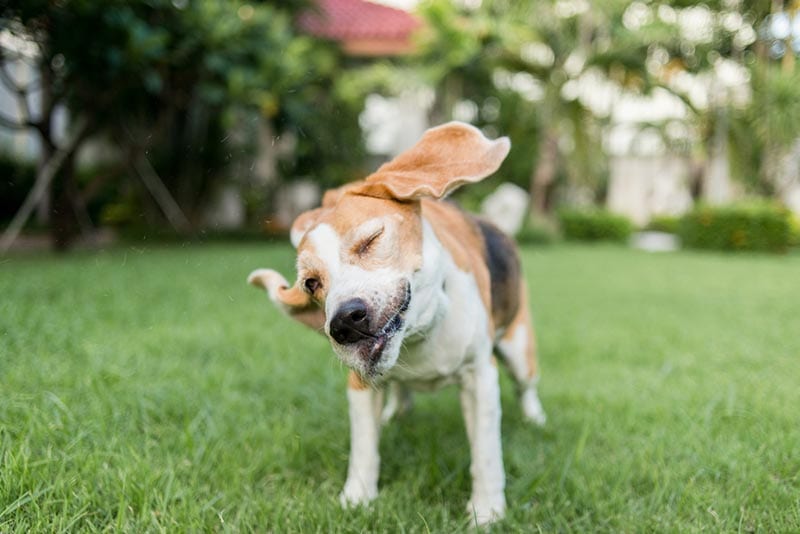
5. Attention Seeking
Your dog may shake their body after you pet them because they don’t want you to leave or stop. If you’re giving an excellent petting session but then stop and walk away, your dog may shake their body in an attempt to get you to come back and pet some more. Dogs know what they like, and since they can’t tell us in words what they want, they use body language, barking, and shaking to communicate with us.
Signs a Dog Is Happy and Not Stressed
Your dog shaking their body after you pet him is not always a negative event. Sometimes, your dog may shake after getting a bath or brushed to “shake off” any debris or hair left behind. Other times, your dog may be just plain happy you’re petting them. A happy dog will display these behaviors:
- Your dog will have a relaxed body
- The tail will be in a neutral position
- The tail will swing primarily to the right rather than the left (a left tail wag may indicate fear and stress)
- Your dog will lean into you as you pet them
- Relaxed and floppy ears
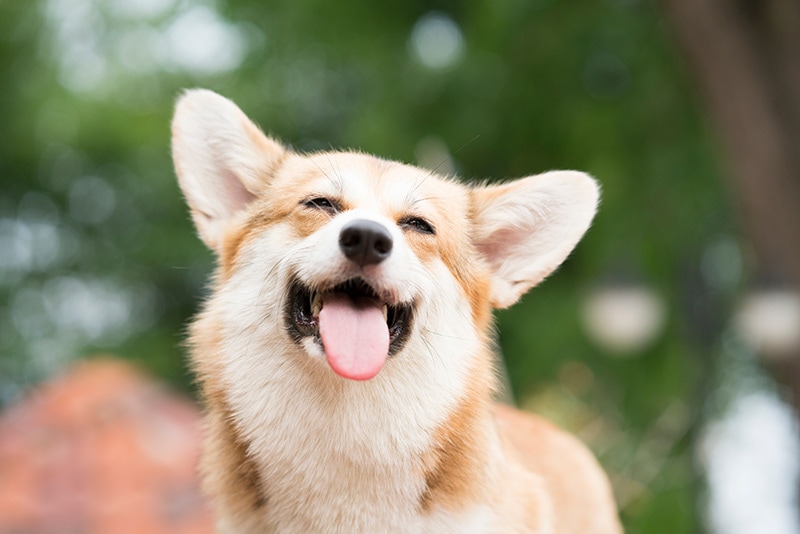
Signs of Discomfort and Stress
You should refrain from petting any dog, even your own, if they display these signs:
- Moving away from you
- Licking their lips
- Sniffing the ground and showing no interest
- Glaring
- Looking away
- Yawning
Conclusion
As you can see, your dog shaking their body can be either a positive or negative event. Shaking the body is one way to communicate with us, and if you become familiar with the possible reasons, you’ll understand the behavior better. If you suspect your dog is shaking their body due to pain, take them to the vet for an examination. If no injury or illness is present, you can sum up the action to one of the other possible reasons.
Featured Image Credit: Bachkova Natalia, Shutterstock



